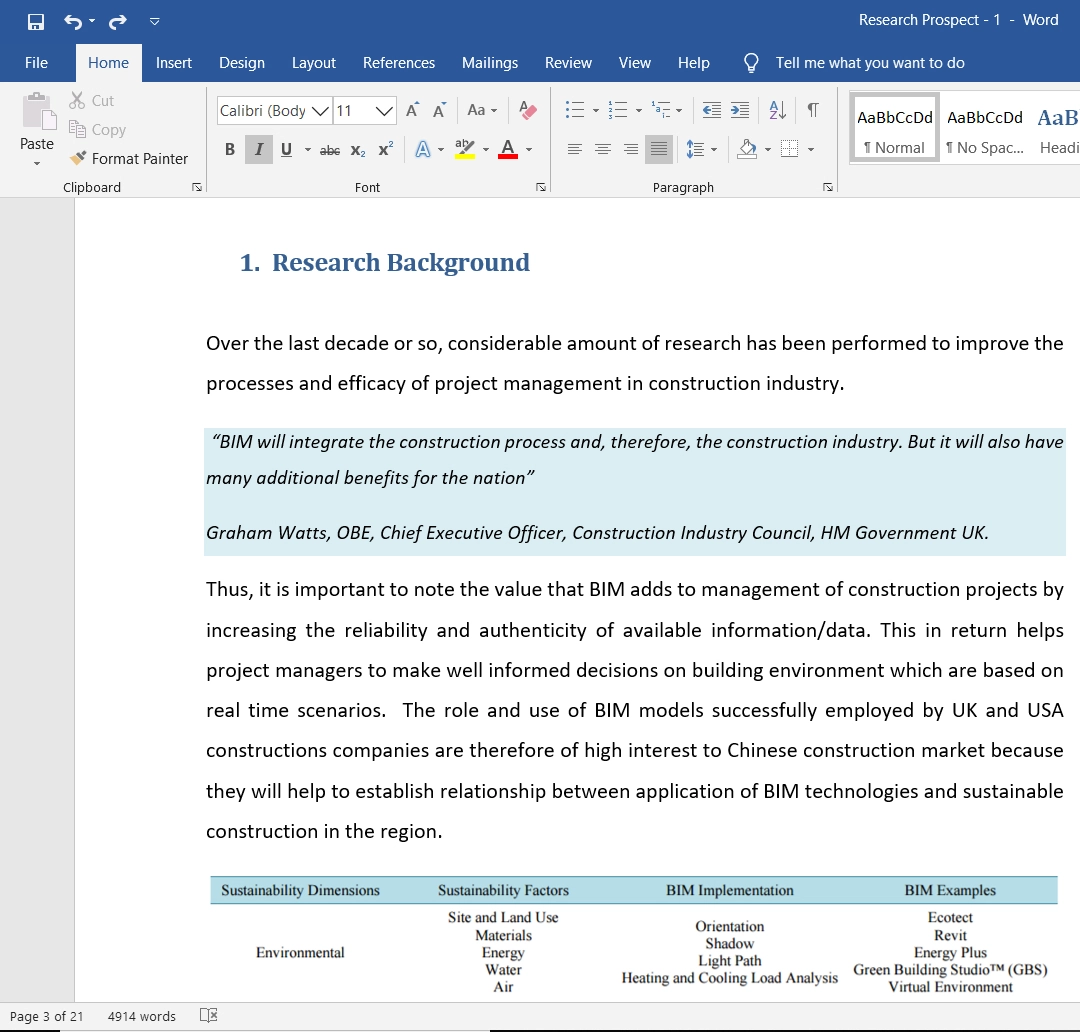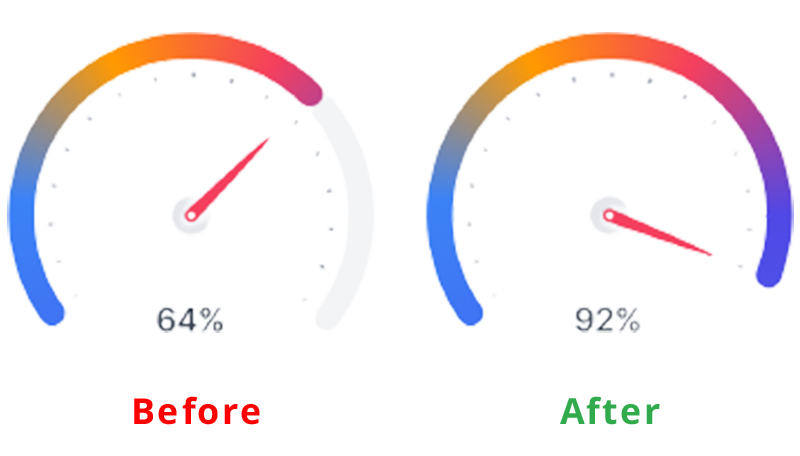Types of Research – Tips and Examples
Published by at August 16th, 2021 , Revised On May 8, 2024
“Research is an investigation conducted to seek knowledge and find solutions to scientific and social problems.”
It includes the collection of information from various sources. New research can contribute to existing knowledge.
The types of research can be categorised from the following perspectives;
- Application of the study
- Aim of the research
- Mode of Inquiry
- Research approach
| Categories of Research | Types of Research |
|---|---|
| Types of research according to the application perspective |
|
| Types of research according to the aims of the research |
|
| Types of research according to the mode of inquiry | |
| Types of research according to the aims of the research approach |
|
Types of Research According to the Application Perspective
The different types of research, according to the application perspective, include the following.
Basic Research
Primary research is conducted to increase knowledge. It is also known as theoretical research, pure research, and fundamental research. It provides in-depth knowledge about the scientific and logical explanations and their conclusions.
The results of the primary research are used as the base of applied research. It is based on experiments and observation. The results of basic research are published in peer-reviewed journals.
Examples:
- What is global warming?
- How did the Universe begin?
- What do humans get stress?
Applied Research
Applied research is conducted to find solutions for practical problems. It uses the outcomes of basic research as its base. The results of applied research are applied immediately. It includes case studies and experimental research.
Example:
Finding the solution to control air pollution.
Descriptive Research
Descriptive research is carried out to describe current issues and programs and provides information about the issue through surveys and various fact-finding methods.
It includes co-relational and comparative methods of research. It follows the Ex post facto research, which predicts the possible reasons behind the situation that has already occurred.
A researcher cannot control its variables and can report only about the current situation and its occurring.
Example:
The widespread contaminated diseases in a specific area of the town. An investigation revealed that there was no trash removal system in that area. A researcher can hypothesise that improper trash removal leads to widespread contaminated diseases.
Analytical Research
In analytical research, a researcher can use the existing data, facts, and knowledge and critically analyse and evaluate the sources and material. It attempts to describe why a specific situation exists.
Example:
Impact of video games on teenagers.
Explanatory
Explanatory research is conducted to know why and how two or more variables are interrelated. Researchers usually conduct experiments to know the effect of specific changes among two or more variables.
Example:
A study to identify the impact of a nutritious diet on pregnant women.
Exploratory
Exploratory research is conducted to understand the nature of the problem. It does not focus on finding evidence or a conclusion of the problem. It studies the problem to explore the research in-depth and covers topics that have not been studied before.
Example: An investigation into the growing crimes against women in India.
Hire an Expert Researcher
Orders completed by our expert writers are
- Formally drafted in academic style
- 100% Plagiarism free & 100% Confidential
- Never resold
- Include unlimited free revisions
- Completed to match exact client requirements

Types of Research According to the Mode of Inquiry
Qualitative Research
Qualitative research is based on quality, and it looks in-depth at non-numerical data. It enables us to understand the comprehensive details of the problem. The researcher prepares open-ended questions to gather as much information as possible.
Examples:
- Stress level among men and women.
- The obesity rate among teenagers.
Quantitative Research
Quantitative research is associated with the aspects of measurement, quantity, and extent. It follows the statistical, mathematical, and computational techniques in the form of numerical data such as percentages and statistics. The type of research is conducted on a large population.
Examples:
- Find out the weight of students of the fifth standard
- Studying in government schools.
Types of Research According to the Research Approach
Longitudinal Research
Researchers collect the information at multiple points in time. Usually, a specific group of participants is selected and examined numerous times at various periods.
Example:
If a researcher experiments on a group of women to find out the impact of a low-carb diet within six months. The women’s weight and health check-ups will be done multiple times to get the evidence for the study.
Cross-Sectional Research
Cross-sectional research gathers and compares the information from various groups of the population at the same point. It may not provide the exact reason and relationship between the subjects, but it gives a broad picture of studying multiple groups at the same time.
Example:
If a researcher wants to know the number of students studying in a school, he will get to know about the age groups, height, weight, and gender of the students at the same time.
Conceptual Research
It is associated with the concept and theory that describes the hypothesis being studied. It is based on the inductive approach of reasoning. It does not follow practical experiments. Philosophers, thinkers, logicians, and theorists use such research to discover new concepts and understand existing knowledge.
Example:
Discoveries of Sir Isaac Newton and Einstein.
Empirical Research
It is also known as experimental research, which depends on observation and experience. It is based on the deductive approach of reasoning. A researcher focuses on gathering information about the facts and their sources and investigating the existing knowledge. Example: Is intermittent fasting the healthy weight loss option for women?
The researcher can come up with the result that a certain number of women lost weight, and it improved their health. On the other hand, a certain number of women suffering from low blood pressure and diabetes didn’t lose weight, and they faced the negative impacts of intermittent fasting on their health.
Why should you use a Plagiarism Detector for your Paper?
It ensures:
- Original work
- Structure and Clarity
- Zero Spelling Errors
- No Punctuation Faults

Mixed Methods of Research
When you combine quantitative and qualitative methods of research, the resulting approach becomes mixed methods of research.
Over the last few decades, much of the research in the world of academia has been conducted using mixed methods. Due to its greater legitimacy, this particular technique has gained for several reasons, including the feeling that combining the two types of research can provide holistic and more dependable results.
Here is what mixed methods of research involve:
- Interpreting and investigating the information gathered through quantitative and qualitative techniques.
- There could be more than one stage of research. Depending on the topic of research, occasionally, it would be more appropriate to perform qualitative research in the first stage to figure out and investigate a problem to unveil key themes and conduct quantitative research in stage two of the process for measuring relationships between the themes.
Tips for Choosing the Right Type of Research
Choosing the right type of research is essential for producing relevant and actionable insights. The choice depends on your objectives, available resources, and the nature of the problem. Here are some tips to help you make the right decision:
Define your Research Objectives Clearly
- Descriptive Research: To describe the characteristics of certain phenomena.
- Exploratory Research: To explore a problem that hasn’t been studied in depth.
- Explanatory (or Causal) Research: To explain patterns of cause and effect.
- Predictive Research: To forecast future outcomes based on patterns.
Understand the Research Methods
- Quantitative Research: Employs structured data collection (e.g., surveys) to generate statistical data.
- Qualitative Research: Uses unstructured or semi-structured data collection methods (e.g., interviews, observations) to understand behaviour, motivations, etc.
Consider the Time Dimension
- Cross-sectional Studies: Capture data at a single point in time.
- Longitudinal Studies: Collect data over extended periods to observe changes.
Evaluate Available Resources
- Budget: Some research methods, like experimental research, may require more funding.
- Time: Exploratory or ethnographic studies may take longer than surveys.
- Expertise: Ensure you or your team possess the skills needed for your chosen research method.
Consider the Nature of the Problem
Complex problems may require mixed-methods research (a combination of qualitative and quantitative).
Review Existing Literature
Review existing literature before settling on a type to see what methodologies were previously employed for similar questions.
Think about Data Collection
Consider the best method to gather data: surveys, interviews, experiments, observations, etc. Your choice affects the research type.
Ethical Considerations:
Ensure your chosen method abides by ethical standards, especially when human subjects are involved.
Generalisability Vs. Depth
Quantitative methods often allow for generalisability, while qualitative methods provide depth and detail.
Pilot Testing
If unsure, run a pilot study to test your chosen method’s feasibility and utility.
Stay Open to Adaptation
Sometimes, initial research can lead to unforeseen insights or complexities. Be prepared to adjust your approach if needed.
Seek Feedback
Discuss your research approach with colleagues, mentors, or experts in the field. They might offer valuable insights or identify potential pitfalls.
Stay Updated
Research methods evolve. Stay updated with the latest techniques, tools, and best practices in your field.
Frequently Asked Questions
Research is a systematic inquiry aimed at discovering, interpreting, and revising knowledge about specific phenomena. It involves formulating hypotheses, collecting data, and analysing results to generate new insights or validate existing theories. Conducted in various fields, research can be empirical, theoretical, or experimental and is fundamental for informed decision-making.
Different types of research include:
- Descriptive: Describe and analyse phenomena.
- Experimental: Manipulate variables to establish causation.
- Correlational: Examine relationships between variables.
- Qualitative: Gather insights and understanding.
- Quantitative: Use numerical data for analysis.
- Case study, survey, ethnography, and more.
Research design is a structured blueprint for conducting a study, outlining how data will be collected, analysed, and interpreted. It determines the overall strategy and approach to obtain valid, accurate, and reliable results. Research design encompasses choices about type (e.g., experimental, observational), method (qualitative, quantitative), and data collection procedures.
A survey is a research method used to gather data from a predefined group by asking specific questions. Surveys can be conducted using various mediums, such as face-to-face interviews, phone calls, or online questionnaires. They are valuable for collecting descriptive, quantitative, or qualitative information and gauging public opinion or behaviours.
A research method is a systematic approach used by researchers to gather, analyse, and interpret data relevant to their study. It dictates how information is collected and evaluated to answer specific research questions. Methods can be qualitative, quantitative, or mixed and include techniques like surveys, experiments, case studies, and interviews.
Exploratory research is an initial study designed to clarify and define the nature of a problem. It’s used when researchers have a limited understanding of the topic. Instead of seeking definitive answers, it aims to identify patterns, ideas, or hypotheses. Methods often include literature reviews, qualitative interviews, and observational studies.
The purpose of research is to discover, interpret, or revise knowledge on specific topics or phenomena. It seeks to answer questions, validate theories, or find solutions to problems. Research enhances understanding, informs decision-making, guides policies, drives innovation, and contributes to academic, scientific, and societal advancement. It’s fundamental for evidence-based practices.






